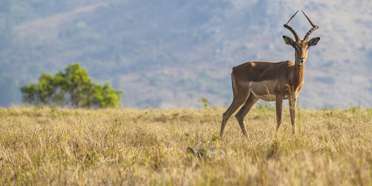
Safari Tours to Mlilwane WS
-
![5-Day Swaziland Tour]()
5-Day Swaziland Tour
$947 pp (USD)
Eswatini: Private tourSelf Catering Accommodation & Bush Camp
You Visit: Mbabane (Start), Mlilwane WS, Hlane Royal NP, Mbabane (End)

Safari With Us
5.0/5 – 217 Reviews
-

2-Day Eswatini (Swaziland) Cultural & Scenic Tour Add On
$457 pp (USD)
Eswatini: Private tourBush Camp
You Visit: Mbabane (Start), Mlilwane WS, Ngwenya Glass (Highlight), Mbabane (End)

Mmilo Tours
5.0/5 – 122 Reviews
-

7-Day Kruger National Park, Panorama Route & Swaziland
$1,698 to $2,261 pp (USD)
South Africa & Eswatini: Private tourLodge & Bush Camp
You Visit: Johannesburg (Start), Panorama Route (Highlight), Kruger NP, Mlilwane WS, Mantenga Village (Highlight), Johannesburg (End)

Red Africa Safaris
5.0/5 – 114 Reviews

 Eswatini Parks
Eswatini Parks




_637_5c0e49d520cfe.960x480-27.jpg)

_1495568431.960x480-62.jpg)
